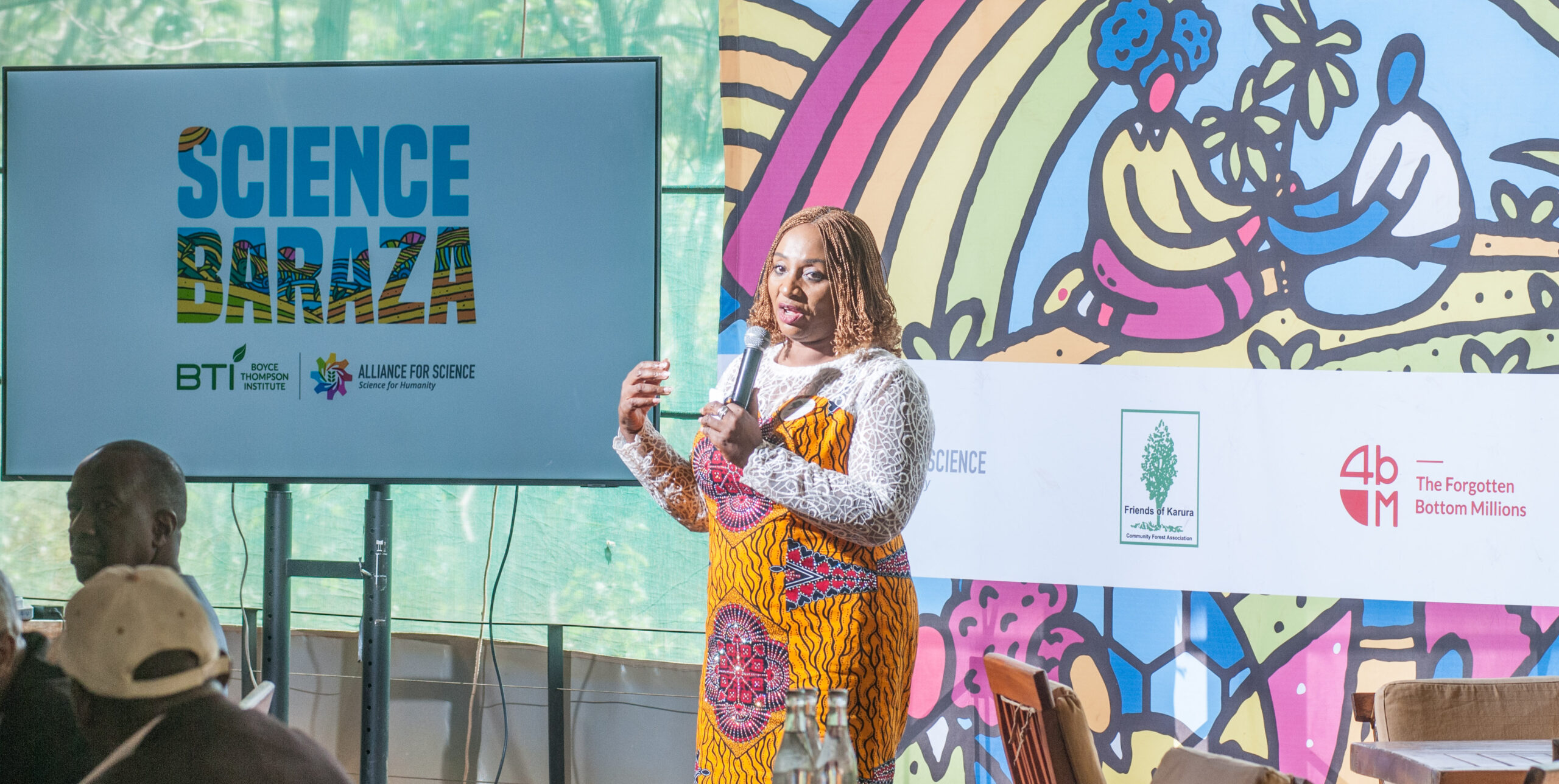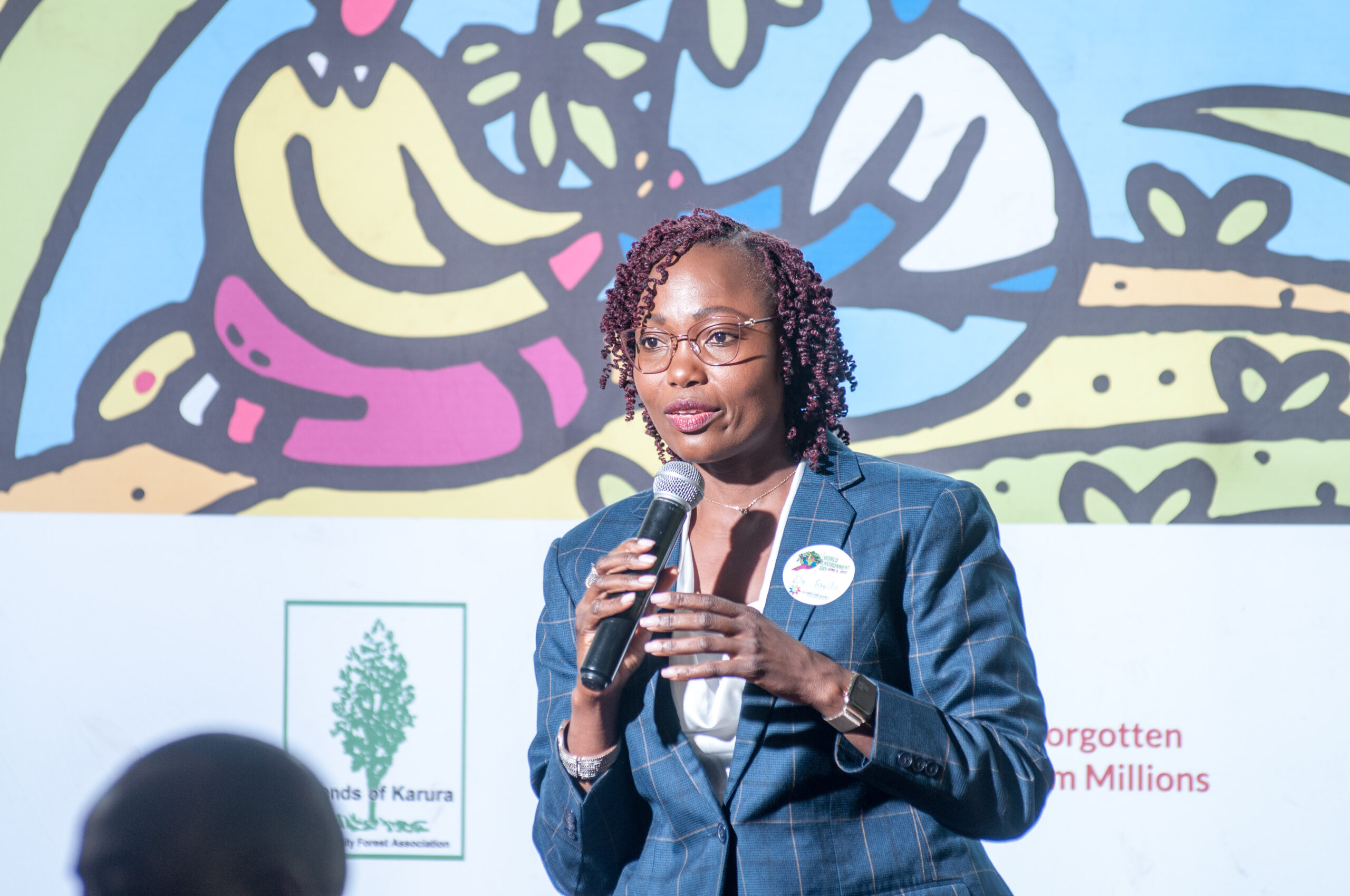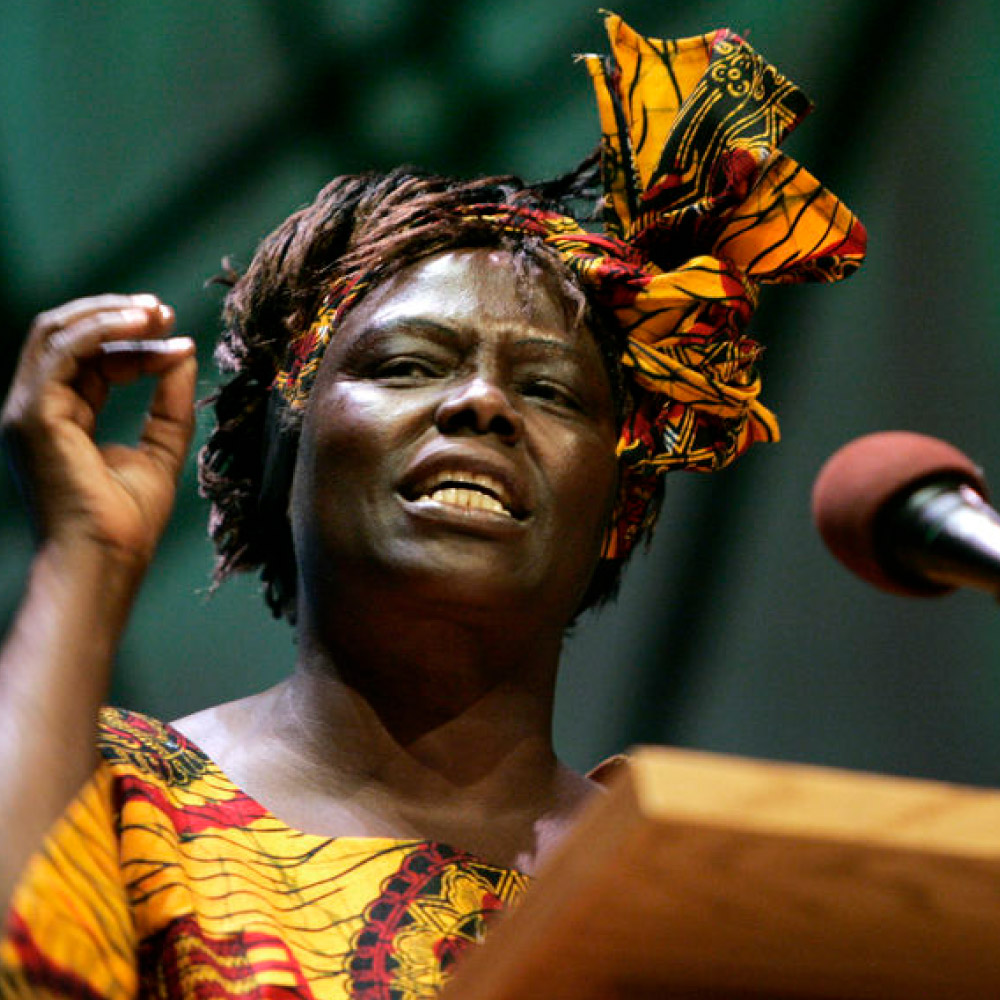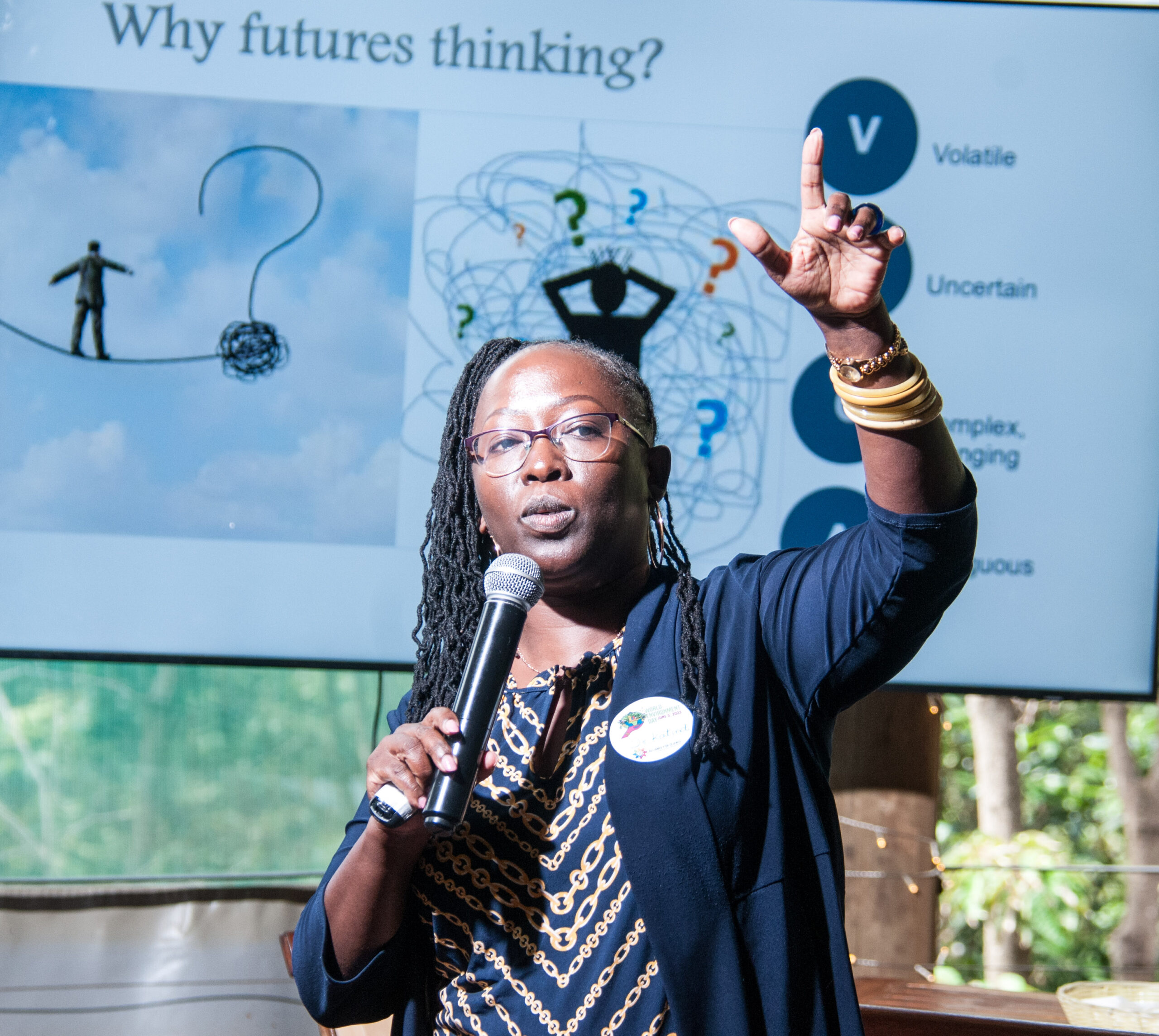The impact of community efforts in the conservation of forests and the environment cannot be overemphasized.
In Kenya, for instance, communities and volunteers transformed Karura, an urban forest in Nairobi city, from a dying ecosystem that was associated with muggings and dumping of dead bodies in the late 1990s and early 2000s, to the thriving natural forest it is today.

Peter Njui, the operations manager of Friends of Karura Forest, a community association, said the forest now attracts 60,000-odd visitors every month, up from 300 yearly in 2009 when the association was formed.
“Currently 48 percent of the forest is natural, up from 20 percent in 2009. The forest is small but is visited by many people and sometimes we are overwhelmed,” Njui said on June 5, 2023, during a workshop organized by the Alliance for Science and Network of African Women Environmentalists (NAWE) to mark this year’s World Environment Day.
Alliance for Science will work closely with, and support community forest associations across Kenya to conserve forests the way Friends of Karura have done.
Dubbed Envisioning Collective Futures for Karura Forest, the workshop came on the margins of the UN-Habitat General Assembly to bring valuable insights from citizens and supporters of Karura Forest to contribute to the Assembly’s agenda on Resilient Cities, recommendations from the World Cities Report 2022, and the objectives of the World Urban Campaign.

Alliance for Science Executive Director Sheila Ochugboju said Karura is the second largest urban forest in the world and concerted efforts must be made to protect it.
“Prof Wangari Maathai understood that we need forests even in cities because they clean up the environment and give people places to go to. They are not just about beauty, there is a scientific rationale on why we need forests in urban places,” said Dr Ochugboju.
She said the Alliance for Science will work closely with, and support community forest associations across Kenya to conserve forests the way Friends of Karura have done.
Community forests thrive or survive because communities are holding onto them, but only when they see value in their efforts.
Dr Ochugboju emphasized the importance of achieving the Sustainable Development Goals (SDGs), expressing fears that the world is lagging in most of the 17 SDGs.
SGD 15 aims to “protect, restore and promote sustainable use of terrestrial ecosystems, sustainably manage forests, combat desertification, and halt and reverse land degradation and halt biodiversity loss.”
“The SDGs are interconnected and we must look at them holistically. For example, without a healthy environment, you can’t have peace,” she said.

Dr Tasila Banda, a founding member of NAWE, said the model of community forest management has worked well in Zambia.
She said community forests thrive or survive because communities are holding onto them, but only when they see value in their efforts. “Community forest management is working where stakeholders see tangible benefits.”
NAWE has facilitated several community forest management groups to make them people-centered, involve locals in decision-making, and provide effective local control over the forest resources.
She said urban centers are expanding fast and community forests in the rural areas will soon become urban forests.
“The topic of today on foresight and future planning is very important because all those forest areas where the urban area is a bit far, at some point a decision will have to be made whether they will remain protected areas or they will be degazetted,” Dr Banda said.
Kenya has several community forest associations formed by communities that live near the forests and work under the National Alliance of Community Forest Associations.
She said that the lesson from Zambia is that community forest management only works with a strong regulatory framework to ensure that critical issues of human rights are not overlooked.
Dr Banda added that NAWE has facilitated several community forest management groups to make them people-centered, involve locals in decision-making, and provide effective local control over the forest resources.
“When communities agree and they have a boundary, they start policing themselves and protecting those areas,” she said.

In Kenya, the concept of community engagement in environmental conservation was initiated by the late Prof Wangari Maathai who encouraged and empowered people in villages, especially women, to plant trees to protect water towers and increase forest cover.
Today, Kenya has several community forest associations (CFA) that work under the National Alliance of Community Forest Associations (NACOFA).
“You can’t talk about Karura or any forest in Kenya without mentioning Prof Maathai because of her passion and love for the environment.”
The CFA mechanism is established by the Forests Act of 2005 (sections 46 and 47, Forest Rules 41 and 42) to support the Kenya Forest Service (KFS) in its mission to protect, manage and enhance Kenya’s forest resources.
Under the CFAs, the communities use the forests sustainably as a source of livelihood thereby easing the pressure on the forested areas.
These associations also play a significant role in decision-making concerning land use and support government efforts in forest conservation.

Wangari Maathai Foundation President and CEO Njeri Kabeberi recognized the work Prof Maathai did, not just in protecting Karura Forest but in holistic environmental conservation.
“You can’t talk about this forest [Karura] or any other in Kenya without mentioning Prof Maathai because of her passion and love for the environment,” said Dr Kabeberi.

Dr Musonda Mumba, the Secretary-General for Ramsar Convention on Wetlands, said many groups at the grassroots level in Kenya, especially women, are doing an amazing job in conserving forests and the environment.
“Why can’t we use social media to rally the young people to take part in forest conservation initiatives such as tree planting?”
“We need to bring these people together and support them in protecting our rich cultural heritage. The question we need to ask is, how do we create an environment where people can freely talk about issues affecting our environment?” posed Dr Mumba.

Going forward, said celebrated Kenyan Futurist, Dr Katindi Sivi, the future of world forests depends largely on the use of technology to complement the work done by community forest associations.
“For example, why can’t we use social media to rally the young people to take part in forest conservation initiatives such as tree planting?” posed Dr Sivi.
